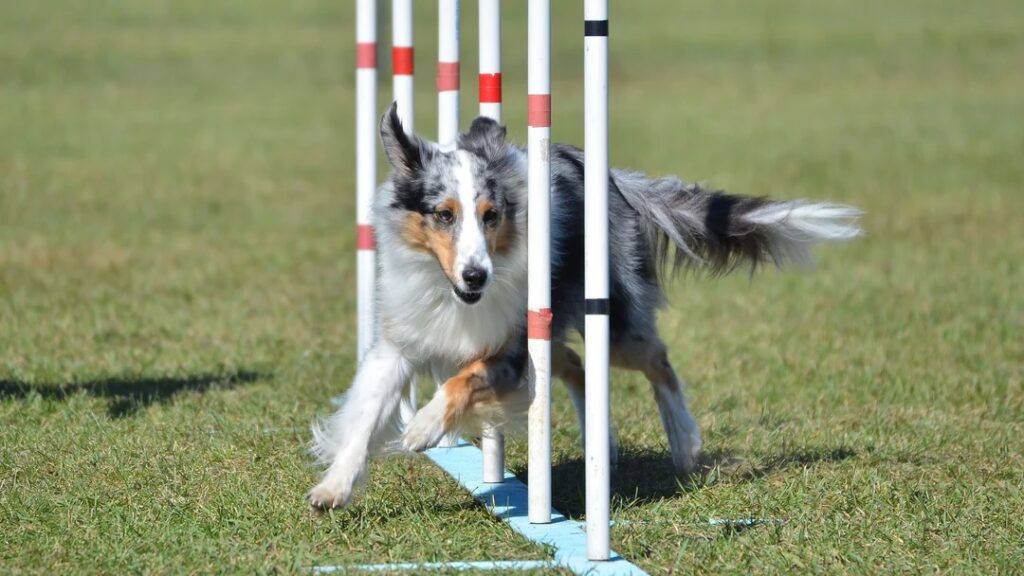The Science Behind Sit – Obedience Training Demystified
Obedience training for dogs is a fascinating interplay between behavioral science and the principles of animal learning. At its core, the science behind teaching a dog to sit involves classical and operant conditioning. Classical conditioning, famously studied by Ivan Pavlov, establishes associations between a neutral stimulus and a reflexive response. In the context of teaching a dog to sit, the trainer often pairs a verbal command the neutral stimulus with the physical act of sitting the reflexive response. Consistent repetition reinforces this association, eventually leading the dog to sit upon hearing the command alone. Operant conditioning, on the other hand, involves shaping behavior through consequences. B.F. Skinner’s work is foundational in understanding this aspect of learning. When a dog sits in response to a command and is promptly rewarded, it experiences positive reinforcement. This reinforcement strengthens the likelihood of the behavior occurring again. Treats, praise, or toys serve as powerful motivators, signaling to the dog that sitting is a desirable action.

Additionally, negative reinforcement is applied by removing an aversive stimulus when the dog complies. For example, if a leash is gently pulled upward and tension is released when the dog sits, the removal of the discomfort reinforces the sitting behavior. Understanding the canine mind is crucial in effective training. Dogs, like humans, thrive on consistency and clear communication. The timing of rewards or corrections plays a pivotal role in shaping behavior. Immediate reinforcement helps the dog connect the action with the consequence, enhancing the learning process. Moreover, dogs are highly attuned to body language and tone of voice. A firm yet gentle command, accompanied by positive body language, creates an environment of trust and cooperation. Neuroscience sheds light on the physiological changes occurring in a dog’s brain during training. Positive reinforcement triggers the release of neurotransmitters like dopamine, creating a pleasurable association with the learned behavior. Over time, these neural pathways strengthen, making the behavior more ingrained and reliable.
Conversely, punishment-based methods can induce stress, releasing cortisol and potentially hindering the learning process. The breed and individual temperament also influence training outcomes. While some breeds may be predisposed to certain behaviors, each dog is unique. Tailoring training methods to suit the dog’s personality ensures better results. Some dogs may respond well to food rewards, while others may prefer play or affection. A skilled trainer adapts their approach, keeping the dog’s preferences in mind and visit the website. In conclusion, the science behind teaching a dog to sit involves a nuanced blend of classical and operant conditioning, rooted in the principles of behavioral science. By leveraging positive reinforcement, understanding canine psychology, and incorporating elements of neuroscience, trainers create an environment conducive to effective learning. Ultimately, a well-trained dog is not just the result of commands and treats but a testament to the intricate interplay between science, communication, and the unique bond between human and canine.